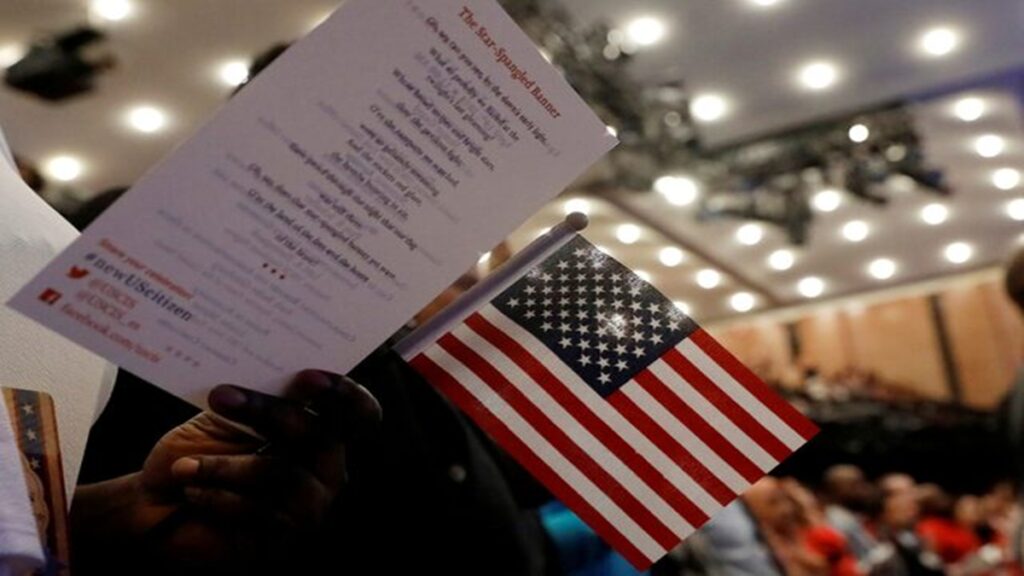NEW DELHI: Vietnam, which is a key competitor of India and has 46% additional tariffs as against 26% on India, has offered zero duties on all US imports. Bangladesh, which is a rival for India in global markets for textiles, may also offer duty concessions to the US to mitigate the US tariffs. As these moves could create challenges for India, experts said.
While India has a comparative advantage on tariffs while exporting to the US, to sustain it the Bilateral Trade Agreement (BTA) between the two countries should be completed expeditiously.
On Sunday Trump administration officials said that 50 countries are eager to strike a deal after the announcement of higher tariffs on imports on all major trade partners of the US. Vietnam, which is a key competitor of India and has 46% additional tariffs as against 26% on India, has offered zero duties on all US imports.
“The US will see Vietnam as a conduit for China and the proposal may not sail through. The US might look at the proposal from Vietnam through this angle,” Executive Director-Indirect Tax at Nangia Anderson Sivakumar Ramjee said.
The Vietnamese offer has been made by Communist Party Chief Lam and both he and President Donald Trump also had a telephonic conversation. Trump in his Truth Social account described the talks as “very productive”.
While other countries have also offered to negotiate with the US, India has a headstart with all of them with the BTA. The negotiations are progressing fast to conclude the first tranche of the deal by fall of 2025.
“Despite the offers, the negotiations take time to start and conclude. The US will be studying every offer before committing to any negotiations,” an industry official who did not wish to be named said.
“Instead of six months, India should aim to wrap up the discussions in the next two months so that its exports can grow,” president of Federation of Indian Export Organisations S C Ralhan said.
Any delay will erode any competitive advantage India currently has from the tariff differential with its competitors, he added.
While the US has imposed additional 26% duties on Indian imports under the reciprocal tariff plan, the tariffs on China are 34%, Vietnam 46%, Bangladesh 37%, Sri Lanka 40% and Thailand 36%. Due to these duties there have been reports that some multinational companies have decided to increase sourcing from their Indian operations to export to the US.
The higher than expected reciprocal tariffs has led to importers from the US asking hefty discounts from Indian exporters which they are in no position to give, FIEO president said.
“The order position of Indian exporters will come down in the next two months or soo or till the BTA is signed. The worst affected will be micro and small exporters,” Rahlan said.
Along with trade, India should also seek to attract multinationals operating in China as the% tariff difference will give them an advantage in the US market, Ramjee said. The US has imposed 34% reciprocal tariffs over and above 20% duties announced earlier on China. On some Chinese products the duties are even higher as they were already subject to 25% additional duties. As China has retaliated to reciprocal tariffs, Trump is expected to retaliate on them as well.
Indian officials maintain that India has emerged as a winner in all the escalating global tariff war as it got lower duties than the competition.
The reciprocal tariffs and retaliation by China has created even more space for products like electronics, engineering goods and textiles where India and China compete directly in the US market, the official added.
Source: The Financial Express

 SC: Governor’s Withholding of Bills Unconstitutional
SC: Governor’s Withholding of Bills Unconstitutional 